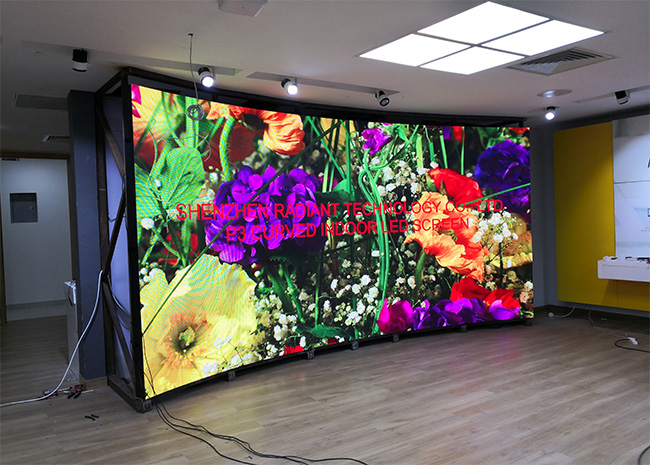Mastering Color Precision in LED Wall Adjustment for Stunning Graphic Presentations
Mastering Color Precision in LED Wall Adjustment for Stunning Graphic Presentations
Blog Article
Color accuracy is essential for creating breathtaking graphic presentations, especially when using LED walls. These massive displays are frequently found in locations like music venues, athletic arenas, and promotional billboards. When the hues on an LED wall are not correct, the visuals can look dull or warped, which can impact the total impression for audiences. Therefore, mastering color accuracy in LED wall tuning is vital for attaining lively and realistic visuals.
The first step in ensuring color precision is comprehending how LED systems works. LEDs, or light-producing diodes, generate light in multiple colors by combining red, green, and blue (RGB) light. Each pixel on an LED screen consists of these three colors. When calibrated properly, the combination of RGB can create a wide range of colors. However, if one color is too bright or too faint, it can distort the whole display. This is why calibration is necessary to equalize the hues and reach the intended visual effect.
Tuning involves adjusting the settings of the LED screen to ensure that the hues displayed match the initial content as closely as feasible. This procedure typically involves using specialized software and hardware instruments. Technicians often use color assessment devices, such as spectrophotometers, to analyze the hues being displayed. By contrasting the measured colors to benchmark color standards, they can make exact adjustments. This guarantees that the colors are not only top article lively but also consistent across the whole screen.
Another crucial factor of color accuracy is comprehending the environment in which the LED screen is employed. Factors such as surrounding light can significantly impact how hues appear. For instance, a brightly illuminated room may wash out hues, making them look less lively. To counteract this, technicians may adjust the luminosity and differentiation settings of the LED screen. Additionally, they may choose particular color profiles that are better appropriate for different lighting environments. This adaptability helps preserve color accuracy irrespective of the observing environment.
Finally, regular maintenance and recalibration are crucial for maintaining an LED wall looking its best. Over time, the functionality of LEDs can alter due to factors like aging and heat fluctuations. Regular checks and modifications can help guarantee that the colors remain correct and vibrant. By investing time in proper tuning and maintenance, venues can provide viewers with breathtaking visual presentations that improve their overall impression. Perfecting color accuracy in LED screen tuning is not just a technical task; it is an expertise that contributes to the wonder of graphic storytelling.